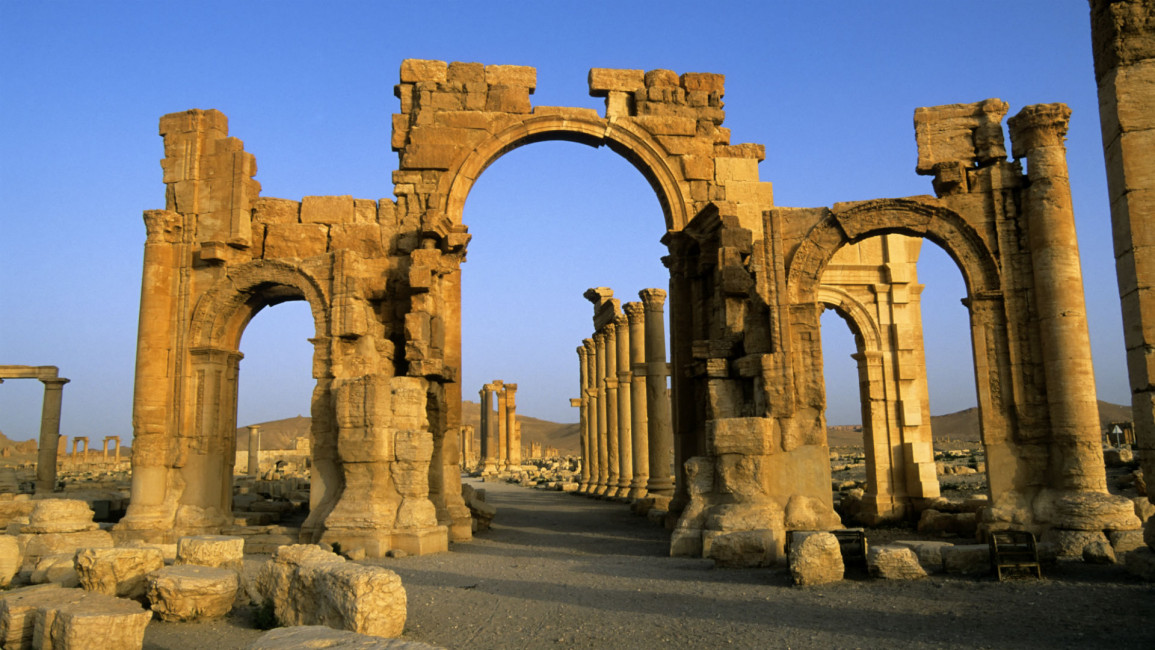UAE to 3D print Middle Eastern heritage sites
The UAE has announced plans to 3D print heritage sites around the Middle East to preserve the region's history and thwart religious extremists such as the Islamic State group from destroying the cultural heritage of the region.
Partnering with UNESCO and the UK-based Institute for Digital Archaeology, Dubai's Museum of the Future Foundation plans to use 3D imaging to map landmarks, allowing them to be re-built using 3D printing technology.
In recent years there has been rampant looting and destruction of heritage sites in Iraq and Syria, and this month the 2,000-year-old Arch of Triumph in Palmyra, Syria, was destroyed by IS.
"This destruction shows how extremists are terrified by history and culture - because understanding the past undermines and delegitimises their claims - and embodies an expression of pure hatred and ignorance," UNESCO director-general Irina Bokova told The National.
See Also: Photogallery: Iran's UNESCO world heritage sites
"Palmyra symbolises everything that extremists abhor – cultural diversity, dialogue between cultures, the encounter of peoples of all origins in this caravan city between Europe and Asia," Bokova added.
"It is important to preserve heritage sites as they serve as a source of inspiration for innovators and pioneers to build the future,” said Mohammed Abdullah al-Gergawi, the managing director of Dubai Museum of the Future Foundation.
"What we are doing today is part of our efforts to give back to the history of our region and build on the achievements of our rich past," Gergawi added.
The Future Foundation aims to have up to one million digital images of the sites taken, using 3D imaging technology, by the end of the year.
It will distribute 5,000 3D cameras to partners and volunteers to carry out the work, which will be done under the supervision of archaeologists from Harvard and Oxford universities as well as being overseen by teams from UNESCO.
The Dubai Museum of the Future Foundation has created a portal to collect the images and plans to keep the media and social networking sites updated with progress on the work.
The Foundation plans to announce educational initiatives to create interest and awareness in support of the project.



